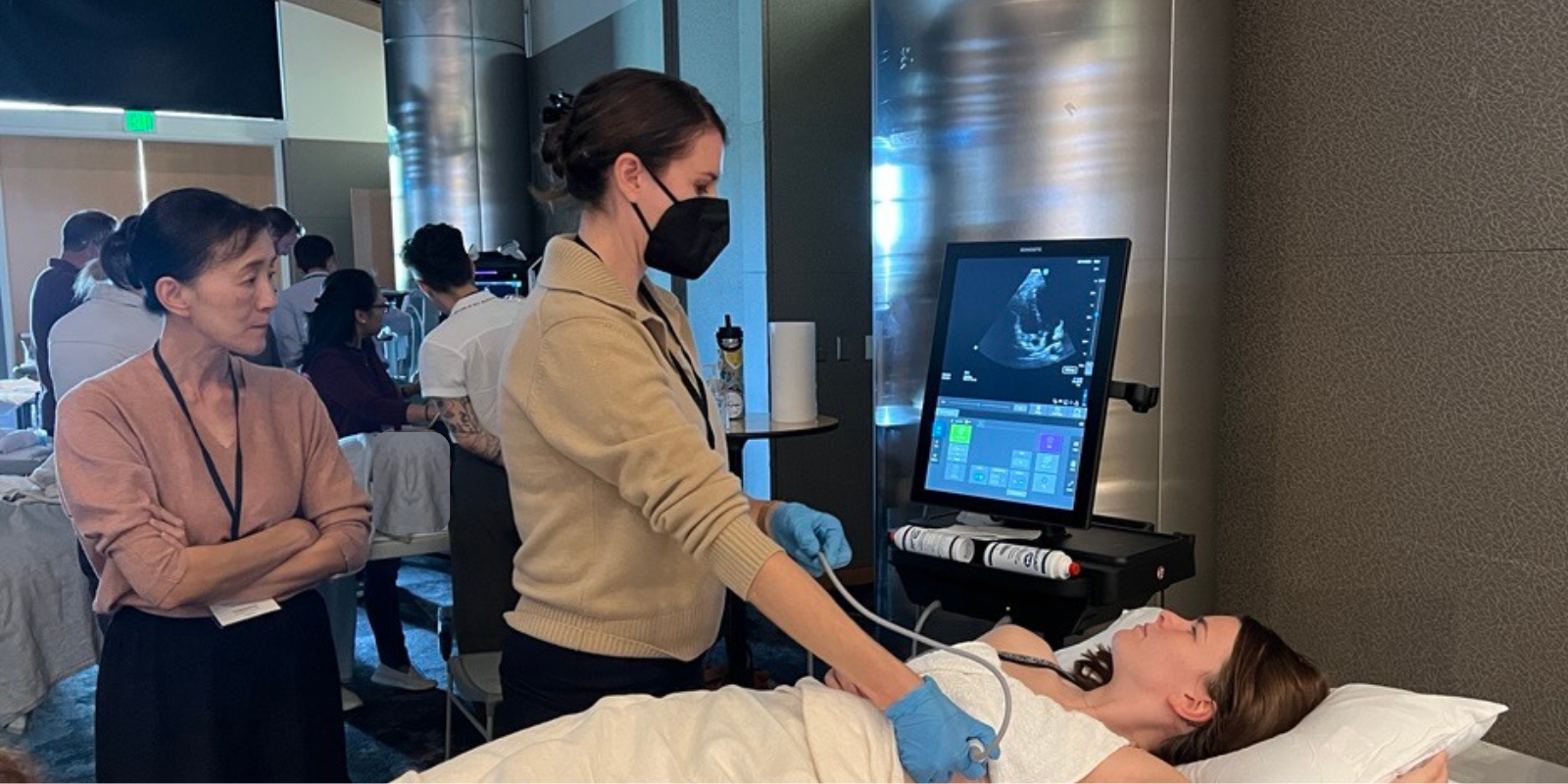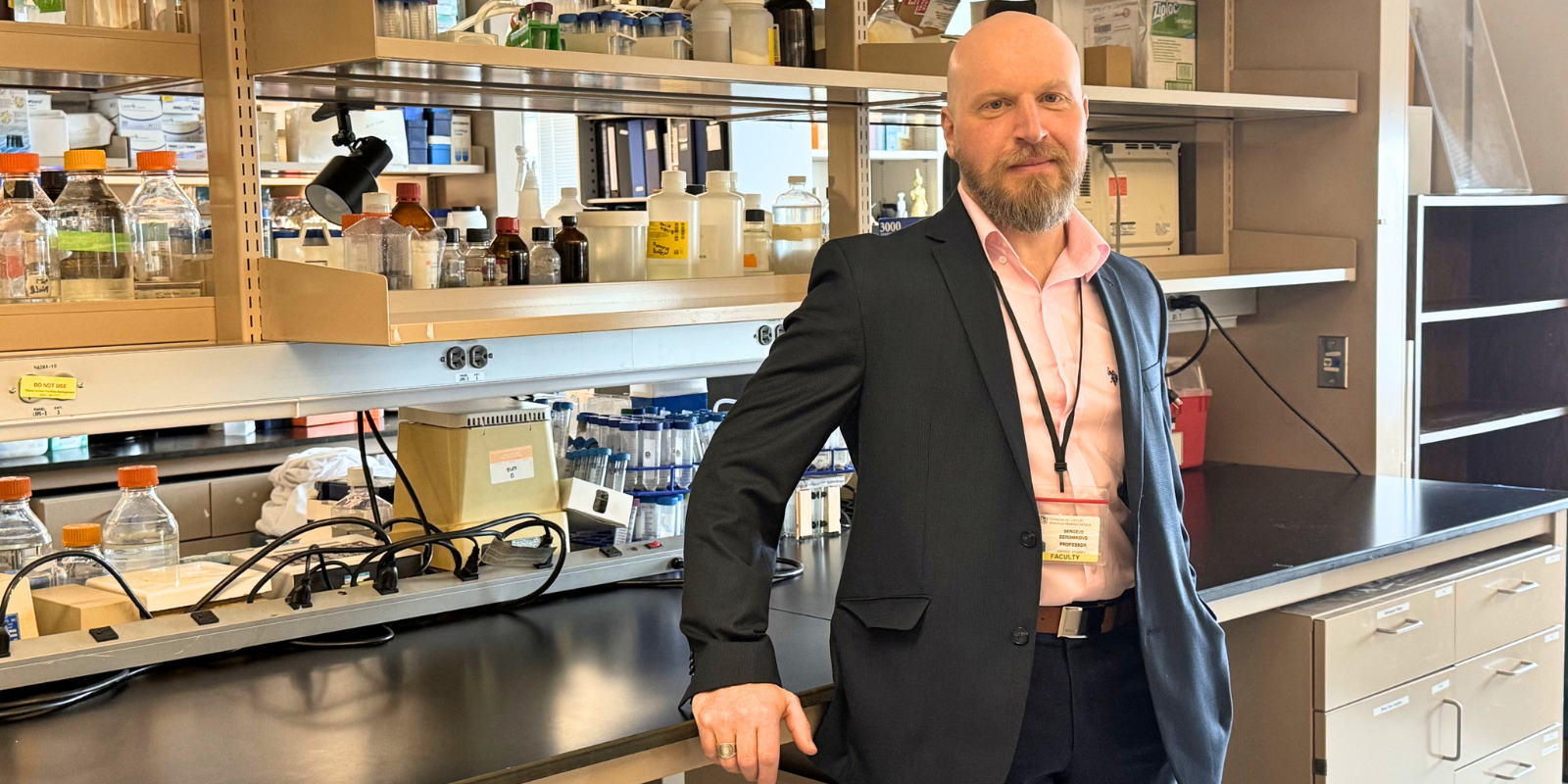On a busy street in Denver’s Lowry neighborhood, about four miles southwest of the University of Colorado Anschutz Medical Campus, stands a new building that’s the product of years of planning and effort – a facility that represents a milestone in the care of patients with chronic kidney disease, powered by the specialized medical skills of CU School of Medicine faculty.
Development of the new Lowry Renal Center was spearheaded by nephrologist Michel Chonchol, MD, chief of the CU Department of Medicine’s Division of Renal Diseases and Hypertension. The center is a joint venture of the renal division and the medical school’s departments of surgery, radiology, and anesthesiology.
The free-standing outpatient center helps patients with chronic and end-stage kidney disease, including those who need dialysis, save time and avoid inconvenience by staying out of the hospital for vital services, freeing up space and capacity for sicker patients at UCHealth University of Colorado Hospital (UCH) and other hospitals. Top-notch CU surgeons, interventional radiologists, nephrologists, and other specialists practice at the center.
The 10,000-square-foot center partially opened in May to perform interventional radiology procedures and dialysis. A renal clinic is slated to launch early next year.
Chonchol says there is no other full-service ambulatory (same-day) surgical center focused on renal care in Colorado. “The patients can get the services they need at one site outside the hospital, without missing a beat. This center is really a one-stop shop for everything.”
He added: “One of the biggest needs for this is that hospitals are very busy with acute and tertiary care typically requiring hospital admission, and some other patients who need a more immediate but lower level of care were not able to receive treatment in a timely fashion. Because hospitals are so busy, it might take four or five hours there for a procedure that should usually take one hour, and then maybe they miss their dialysis treatment. So the idea was to free up space for sicker patients at the hospital, and at the same time provide better care in the community.”

The new Lowry Renal Center in Denver's Lowry neighborhood. Photo by Mark Harden | CU Department of Medicine.
‘A wonderful opportunity’
Peter Kennealey, MD, FACS, Shawn and Crystal Osthoff Professor of Kidney Transplantation in the CU Department of Surgery’s Division of Transplant Surgery, is the center’s medical director. He sees the facility as vital.
“The chronic kidney disease population and the end-stage renal disease population are growing, and the ability to get these people in and cared for in a timely, thoughtful way is a scheduling and logistical challenge within all hospital systems,” Kennealey says. “So this is a wonderful opportunity for patients to get highly skilled, expert care that’s more convenient and efficient.
They can park their car, walk in like you would walk into the bank, get the procedure done and leave.”
According to the U.S. Centers for Disease Control & Prevention, nearly 800,000 people in the United States have end-stage renal disease (ESRD), and more than 500,000 are on dialysis.
→ A Warming Climate Heightens Focus on Kidney Disease
“The advantage of a center like this is that we’re focused only on dialysis patients,” says Ken Hirasaki, MD, an assistant professor in the CU Department of Radiology who now practices at the Lowry facility. “In the hospital setting, we’re very distracted with a lot of other patients. There are emergencies. There’s trauma. There are patients getting high level, complicated procedures all day long, and so patients who are not as acute, such as those needing dialysis maintenance, are not always prioritized like they can be in an outpatient setting.”
In addition to ESRD patients needing dialysis, the center will treat chronic kidney disease patients advancing toward dialysis, Chonchol says. “There’s a lot of care before dialysis, and if you provide better care during the latter stages of chronic kidney disease, the patient does better once dialysis is initiated.”
Planning for the new center began in earnest in 2019, Chonchol says. Due to the COVID-19 pandemic, construction didn’t begin until 2022, and by then, construction costs had risen considerably. Still, the center was completed just 18 months later.
 From left, Michel Chonchol, MD; Peter Kennealey, MD, FACS; and Ken Hirasaki, MD, at the Lowry Renal Center. Photo by Mark Harden | CU Department of Medicine.
From left, Michel Chonchol, MD; Peter Kennealey, MD, FACS; and Ken Hirasaki, MD, at the Lowry Renal Center. Photo by Mark Harden | CU Department of Medicine.
Creating and maintaining access
The new center is intended to help many patients with ESRD who need dialysis, the treatment that’s often required when a patient’s kidneys are no longer functioning well enough to adequately filter waste products, salts, and extra fluid from the blood.
The most common type of dialysis, called hemodialysis, involves gradually extracting a patient’s blood from the body, pumping it through a filtering machine called a dialyzer, and then returning it to the body. The filtering process typically takes a few hours at a time, three times a week, either at a dialysis center or at home. Some patients are on dialysis until they receive a kidney transplant; others stay on it permanently.
For patients needing long-term dialysis, surgery is needed to create a vascular access site. Surgery consists of connecting a vein and artery, usually in the patient’s arm, creating what’s called an arteriovenous fistula. In some cases, the vein and artery are connected with a graft using a small piece of tubing.
→ Program Works to Close Racial Gaps in Kidney Transplantation
The fistula increases the rate of blood flow through the vein, enlarging it so it can carry more blood and is better able to receive the needles used to extract blood and replace it after filtering. Once the fistula is surgically created, interventional radiologists maintain the fistula and troubleshoot and diagnosis any issues.
“Anytime you do a procedure repeatedly, you get really good at it,” Hirasaki says. “So I think we can provide a higher quality of care for dialysis patients to maintain the fistula than in a hospital setting.”
“These ESRD patients require multidisciplinary care,” Kennealey says. “They need a nephrologist to take care of their overall health care, they need a dialysis access surgeon, and they need a radiologist to help maintain their accesses and deal with acute things that can happen. And
that’s not to mention social workers, dieticians, and so on. So this is a very robust center that’s filled with highly qualified, very dedicated people.”
Transplant referrals
As of late June, the center’s dialysis unit had about 60 patients receiving dialysis on site and another 20 undergoing home dialysis, Chonchol says. The surgery unit will see about six patients per day of operation, and the interventional radiologists will do about 12 procedures daily. Plans for the renal unit opening next year are for 100 patients a month.
It’s expected that some patients from across Colorado will come to the new center for vascular access surgery, then receive their dialysis treatments closer to home. Patients needing a kidney transplant can be referred to UCH.
→ CU Researchers Receive $2 Million NIH Grant for Chronic Kidney Disease and Acute Kidney Injury Study
Says Kennealey: “In 2023 we did 297 kidney transplants at UCH, and I personally did dialysis access surgery for 51 of them. I see people from Wyoming, Montana, Nebraska, Kansas – all over the place. So this center is a great thing for UCH, because the ease with which we see these patients helps garner referrals to the transplant program. That’s part of the reason why our transplant division is so invested in this.”
After years of effort, Chonchol says he and his colleagues feel great pride that the center is now up and running.
“This was not easy to do,” he says. “We had a lot of ups and downs, and sometimes we thought that this would never happen. So we are very happy.”
Photo at top: From left, Peter Kennealey, MD, FACS; Michel Chonchol, MD; and Ken Hirasaki, MD, at the Lowry Renal Center. Photo by Mark Harden | CU Department of Medicine.



.png)